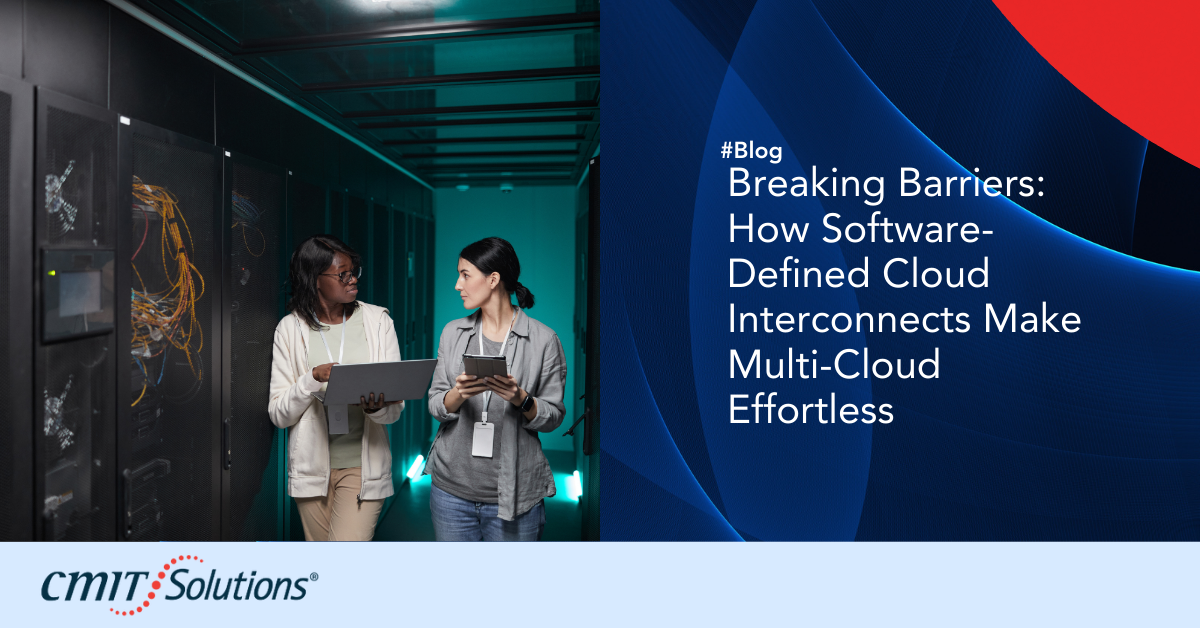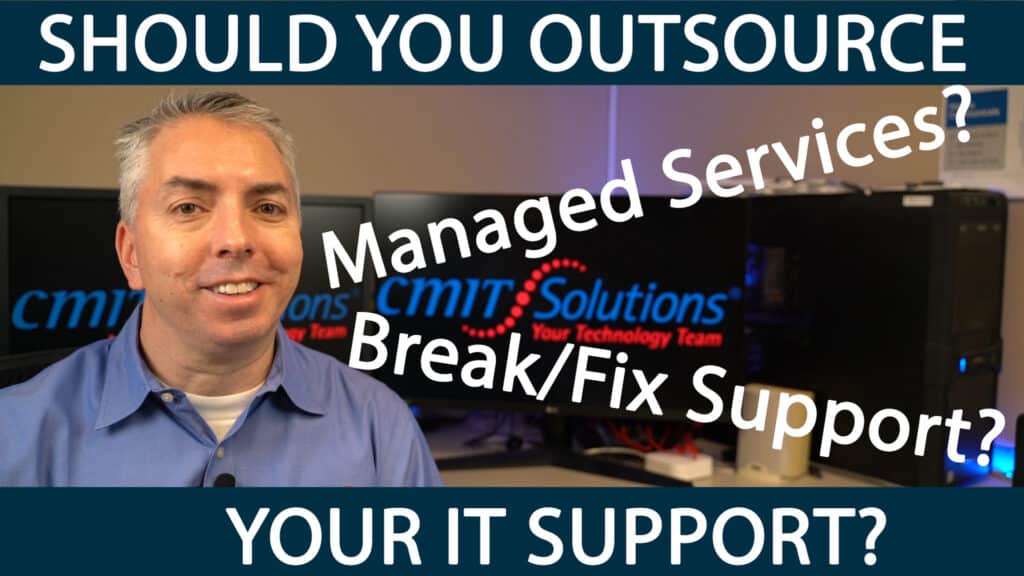The multi-cloud model has become the go-to strategy for businesses looking to leverage flexibility, cost optimization, and best-in-class cloud services. By distributing workloads across multiple cloud providers, organizations can reduce vendor lock-in, optimize performance, and enhance resilience.
However, multi-cloud adoption also introduces challenges, particularly around connectivity, security, and network complexity. Many businesses rely on public Internet connections for cloud access, which creates performance bottlenecks, security risks, and unreliable data transmission.
To overcome these issues, organizations are turning to Software-Defined Cloud Interconnects (SDCIs). These virtual cloud networking solutions simplify multi-cloud connectivity, providing better security, performance, and cost efficiency without the complexity of traditional networking solutions.
This guide explores the role of SDCIs, their benefits, and how businesses can implement them to optimize their multi-cloud strategy.
The Limitations of Public Cloud Connectivity
Why Businesses Struggle with Multi-Cloud Networking
Most organizations connect to cloud services via the public Internet, but this approach has several drawbacks:
- Security Risks: Public Internet connections expose sensitive data to cyber threats.
- High Latency: Traffic routing through multiple network providers can cause delays.
- Reliability Issues: Network outages and congestion can disrupt mission-critical workloads.
- Inconsistent Performance: Unpredictable bandwidth and service degradation impact productivity.
To mitigate these risks, businesses often turn to private cloud connectivity solutions, which provide dedicated network paths between users and cloud services.
The Advantages of Private Cloud Connectivity
Private connections bypass the public Internet, offering:
- Enhanced Security through dedicated, encrypted network paths
- Lower Latency by reducing the number of network hops
- Higher Reliability with guaranteed uptime and service-level agreements (SLAs)
Businesses leveraging cloud security best practices can further strengthen their cloud security posture and reduce the risk of data breaches.
However, traditional private cloud connectivity methods—such as cloud ports and cloud hubs—introduce complexity and cost challenges as organizations scale their multi-cloud operations.
What Are Software-Defined Cloud Interconnects (SDCIs)?
How SDCIs Simplify Multi-Cloud Networking
Software-Defined Cloud Interconnects (SDCIs) are virtual networking solutions that provide private, high-performance cloud connectivity without the complexity of managing multiple physical cloud connections.
Instead of setting up direct private links for each cloud provider, SDCIs allow businesses to:
- Aggregate multiple cloud connections through a single platform
- Automate traffic routing and security policies across cloud environments
- Reduce data transfer costs by optimizing cloud-to-cloud networking
How SDCIs Work
SDCIs function as a cloud networking backbone that connects multiple cloud services and data centers through virtualized, software-defined networking (SDN) technologies.
- Organizations connect to the nearest SDCI Point of Presence (PoP) via a private or public link.
- The SDCI platform securely routes traffic between on-premises environments, cloud providers, and remote sites.
- IT teams manage cloud connectivity through a centralized dashboard, eliminating manual configurations.
Businesses that deploy SD-WAN solutions can further optimize cloud networking and security policies with automated network segmentation and traffic prioritization.
Key Benefits of Software-Defined Cloud Interconnects
1. Enhanced Security and Compliance
SDCIs offer built-in encryption, access controls, and zero-trust security measures, making them ideal for businesses managing sensitive workloads.
Organizations can:
- Isolate critical data from the public Internet
- Comply with industry regulations such as HIPAA, GDPR, and SOC 2
- Prevent unauthorized access with identity-based security policies
Companies handling compliance-sensitive data can reduce regulatory risks and enhance cloud security using SDCI solutions.
2. Improved Cloud Performance and Lower Latency
By reducing network hops and congestion, SDCIs provide:
- Lower-latency connections for real-time applications such as video conferencing and AI workloads
- Consistent performance for multi-cloud deployments
- Optimized traffic routing between cloud services and data centers
Organizations that integrate cloud performance monitoring can further optimize workload distribution and cloud efficiency.
3. Simplified Multi-Cloud Management
Instead of managing multiple cloud networking solutions, SDCIs provide:
- A single interface to manage all cloud interconnections
- Automated provisioning and traffic routing
- Faster deployment of new cloud applications
Businesses can scale cloud infrastructure quickly without managing complex network configurations.
4. Lower Cloud Networking Costs
SDCIs reduce operational expenses by:
- Minimizing cloud data egress fees with direct cloud interconnects
- Eliminating redundant network hardware
- Using pay-as-you-go pricing models for scalability
Companies implementing cost-efficient cloud solutions can reduce wasteful cloud spending while enhancing performance.
How CMIT Solutions of Oak Park Helps Businesses Deploy SDCIs
At CMIT Solutions of Oak Park, we help businesses:
- Assess their multi-cloud networking needs
- Select the best SDCI solution for security, performance, and scalability
- Optimize cloud interconnectivity for cost savings
Our cloud networking specialists provide:
- Proactive security monitoring for multi-cloud environments
- Cloud migration planning to streamline infrastructure transitions
- Ongoing support and cloud cost management
Businesses looking to simplify cloud connectivity while enhancing security and performance can benefit from expert IT guidance tailored to their cloud strategy.
Final Thoughts: The Future of Multi-Cloud Connectivity is Software-Defined
As businesses expand their cloud footprint, traditional networking models are no longer sufficient.
SDCIs provide:
- Stronger security and compliance for sensitive workloads
- Higher performance and lower latency for mission-critical applications
- Simplified cloud management through centralized automation
- Cost-effective multi-cloud connectivity with optimized traffic routing
With Gartner predicting that 30 percent of enterprises will deploy SDCIs by 2027, now is the time to evaluate and implement the right solution for your organization.
Looking to optimize multi-cloud networking and security? Contact CMIT Solutions of Oak Park today for a customized cloud connectivity strategy.




